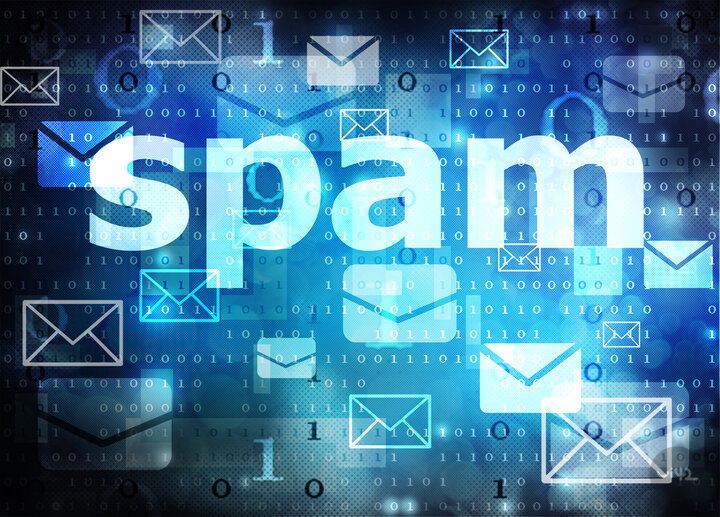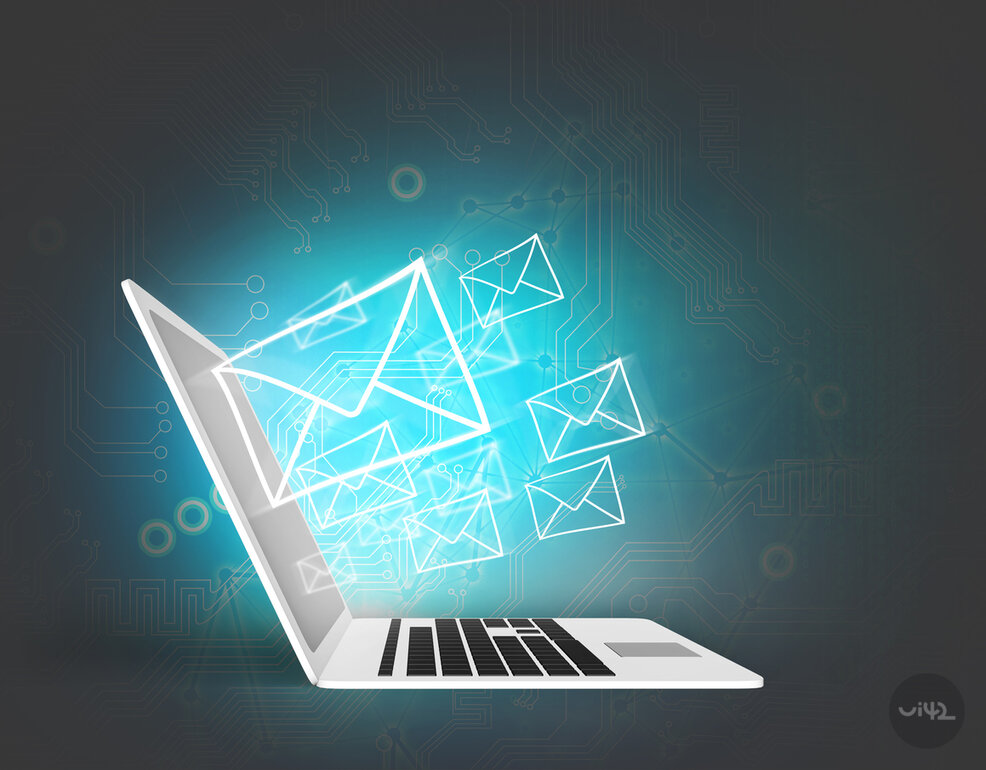Are you afraid that your email will end up in the spam folder of your customer?
Is it possible at all on the side of internet service providers and websites to prevent your emails from ending up in your customers' spam folders? Problems mainly occur with legitimate and automatically generated emails, which contain, for example, registration confirmations and similar.

10 Essential Principles for High Deliverability and Low SPAM Score
In the following text, you will find several interesting tricks on how to prevent your emails from ending up in your customers' electronic trash.
By the way, take a look here for the exact definition of SPAM according to Wikipedia (with a few useful examples)
1. Build High Credibility
If you don't want your emails to wander around and fall into spam for customers, it is necessary to take several important steps.
Email server credibility and the email itself
A basic fact is that the credibility of your email server affects everything you send from it. If you want the server to be rated as trustworthy, it is ideal to have your own IP address through which you send only your emails and not the mail of other clients.
If you will also send newsletters through this IP address, pay attention. For the purposes of sending flyers, it is sometimes better to create a separate email server. Why this is so, you will also learn in the following lines.
2. Use Your Own Email Server
We will stay with the topic of newsletters for a moment. If you are not a beginner in this sector, you have certainly had the pleasure of working with some of the email servers. We got acquainted with the service www.elasticemail.com, which immediately became our good friend.
We were particularly attracted by its pleasant features. Just create an account and set up SMTP in the CMS System Options. It's a friend as it should be. As a bonus, it offers the possibility to send up to 25,000 emails per month. If you already belong to the fighters with a larger audience, you will not pay more than 0.19 USD per thousand emails.
We also use the self-hosted application sendy.co. We host it directly with us, integrated into our editorial system BUXUS. You can also set up your own server for sending emails through the Amazon SES service. A thousand emails here will cost you 0.10 USD. However, you can also use your own virtual server.
The advantage of both mentioned services is that they allow sending so-called transactional emails and at the same time clicking out campaign. It does not matter whether you send newsletters or emails with different content. It is important that the email server can prove that it is authorized to send emails on behalf of your domain.
3. Functional Sender (From Address) with Good Reputation
One of the reasons why your emails are sometimes classified as spam is the fact that they are sent from one email server when your client, for whom you distribute the mailing, did not have their own server. In such cases, a "from" address such as noreply@klient.sk often does not exist at all, and that is a red flag for spam filters.
If you send a large number of emails at once from the same server and do so in a short time frame, you may be temporarily blocked by Google. It does not matter who the sender is – the "from" address, because the target emails will go to Google and always from the same server. Therefore, it is good to remember that Google is sensitive to the frequency of incoming emails.

Source: iStock
4. Set Up Your Own Domain Verification: DKIM and SPF
As we have already indicated, when using your own server, there may be problems with its credibility. Internet Service Providers (ISPs), such as Google, Yahoo, or Microsoft, check incoming emails through DKIM and SPF verification. They then decide on their further fate and evaluate whether to classify them as spam or as address thieves. Neither of the mentioned options is your desired goal.
SPF is a simple setting of a special DNS record on a specific domain. In other words, it determines the IP addresses from which the domain owner allows the sending of mail with the header of this domain. With DKIM, it is about a digital signature of each email with a private key, which mail servers can verify through DNS when a corresponding public key is published in a special record to the private key.
For emails that are unlucky and do not pass through SPF and DIKM verification, the likelihood increases that they will end up in unwanted mail. If you want to avoid this, try to start the functionality of signing emails – DKIM and verifying SPF for your domain. How to do it? You can find the function directly in the recommendations returned, respectively undelivered emails.
5. Email Address Database and Active Recipients
When sending newsletters, one more thing is important. Email database should be created gradually and naturally. It can include your customers, competition participants (who agreed to subscribe), or website visitors who voluntarily signed up to receive email messages.
Watch out for the blacklist
Avoid buying an email database from third parties. It may happen that you will send emails to addresses that are no longer current, or you will have a high bounce rate - the rate of returned emails due to an old or non-functional address, or the recipient's full mailbox. You can easily find yourself on the blacklist of email mailbox providers.
Providers use so-called "spam traps" for this purpose. These are email mailboxes without a specific owner. If the address is not used for a long time, emails come to it and the mailbox is full, the email sender can be marked as untrustworthy. Therefore, it is very important to constantly check the lists of recipients. Source
Email addresses from which messages are returned to you must be deleted immediately. Be careful with the notifications of these emails and monitor whether they were returned because they do not exist, or the mailbox is full. Make sure you have removed them from the mailing list before they become a spam trap.
6. Use "double-opt in"
If you want to be sure that you are not threatened by the mentioned situations, you can also use the so-called double-opt function.
Through it, you verify whether the email address belongs to a real person. It is a very effective way to catch typos by newsletter subscribers and fake email addresses that could be considered "spam traps".
In practice, it looks like this: after entering the email, your future subscriber will have to click on the email that came to him and thus confirm his identity.
7. Do Not Hide the Link to Unsubscribe from the Subscription
The issue of newsletters should be approached with due care and sensitivity.
Every flyer should include a link to unsubscribe from the subscription. Therefore, you should pay additional attention to the subject of the sent email, from which it must be clear at first glance what it is about.
I also highly recommend not hiding the link to unsubscribe, on the contrary, highlight it. In practice, it often happens that if an email subscriber cannot find the link to unsubscribe, they prefer to click on "Report SPAM" which only harms your email reputation.
It is also important for you to have the lowest possible percentage of unsubscribed users, and that the sent mail does not fall into spam for customers. Otherwise, it could also happen that providers (Google, Zoznam, Microsoft, Yahoo, and others) may start sending other of your emails to the spam tabs of your customers and your efforts to attract attention will be in vain.
However, you should also be aware of the fact that the conditions for classifying email messages as spam are constantly changing. These changes are also based on which emails and newsletters users mark as spam. An example of this is also gmail, which also filters unwanted mail according to the mentioned key. In Gmail, you can mark messages as spam or unmark them. Gmail also independently identifies spam and suspicious mail and automatically throws these into spam.
8. Have Serious and Trustworthy Subject Lines
In the subject of the email, it is necessary to avoid certain specific phrases that are marked as misleading - from English "triggers". On the attached link from Hubspot you will find a list of these triggers. They are listed in English, but they can also help Slovak creators.
Also, we recommend moderating the use of emojis, capital letters, and spam words, which unnecessarily signal that you are appealing to people's low instincts with the aim of getting a click (opening an email).
Of course, from time to time you can also use a cheaper wording of the subject line, just don't overdo it.
9. Check If Your IP Address Is Not Blocked
If you have a problem sending an email, the reason may be a blocked IP address. In such a case, you can use freely available online tools, such as abuseat.org, through which you can check if the connection address has not gotten into the spam list.
This will show you whether your IP address is not on the list CBL list, and whether it does not show signs of being infected with a Trojan horse, a dangerous link, or some other form of botnet.
10. Blocked Server
You may not be able to avoid blocking the server by some of the address providers. In such a case, however, you can proceed by checking the IP address of the email server or domain to see if it is not in specific DNS blocklists: spamcop.net, spamhaus.org, sorbs.net, or in some aggregated checker such as http://mxtoolbox.com/blacklists.aspx.
With Microsoft, it often just takes filling out a form and they will unblock it for you within a few days: https://support.live.com/eform.aspx?productKey=edfsmsbl3&ct=eformts&scrx=1.
The downside is that the aforementioned companies do not use any external DNS blocklists and each uses its own techniques. Therefore, we can say that Microsoft, Google, and Amazon have their own secrets.
Other, smaller email providers use these third parties like spamhaus, sorbs, mcafee, and various others. For this reason, they also cannot be summarized. Their combination is almost always unique to a specific mail server.
Using the above principles will help you a lot and save a lot of time needed for other business activities. However, education in this sector does not end with this, and therefore it is good to entrust yourself to the care of experts who specialize in the issue and who will save you a lot of precious time.












